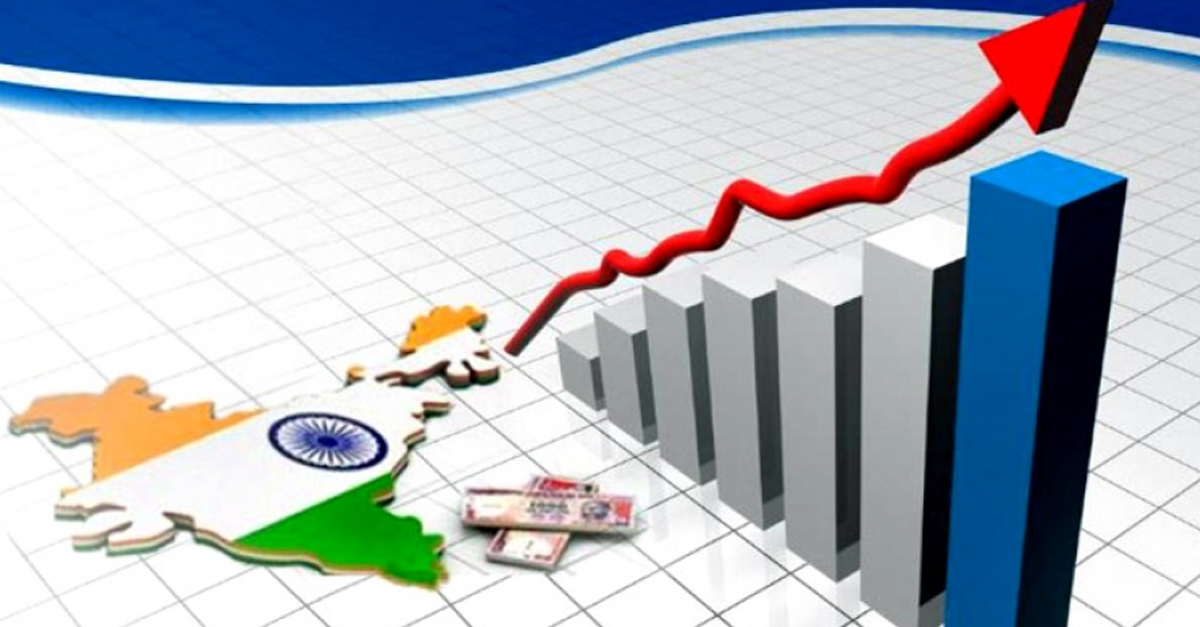Recent decades have seen a steady expansion of the Indian economy, with many analysts expecting the truly empowering transformation to come in the next few years. A few days ago the figure of $5 Trillion Indian economy was projected as a target, when the NITI Aayog published a ‘roadmap’ outlining measures to manifest this goal. Ex RBI Governor Raghuram Rajan gave an interview and also shared his thoughts on how best to achieve this outcome, on virtually the same day. This blog is my attempt to consider some of Mr Rajan’s suggestions and to add some of my own.
A recent Raghuram Rajan interview is being widely circulated and discussed. In broad terms, he takes stock of the ongoing growth of the Indian economy and lays out his understanding of the challenges that need to addressed moving forward. Essentially his argument is that for India to rapidly double the size of its economy, we need a sustained and unwavering focus on creating initiatives that are inclusive, employment generating and ecologically sound. Major Indian cities have concerns around the acute wealth gap across sections of the population, pollution levels and infrastructure straining to accommodate a rapidly urbanizing population. If the targeted expansion of the economy is to be realized in a relatively short period of time, we must be careful that this is not achieved at the cost of these already acute social issues plaguing cities. Rather the economic growth should also work towards alleviating these in some way.
Mr Rajan begins by first acknowledging the sustained growth that the Indian economy has managed for the last 25 years. However, he also believes that this growth, which is a great launch-pad to take an even more substantial leap, should be leveraged by aiming to create real wealth and quality of life for the whole population. I wholeheartedly agree that there must be greater participation of the general population in reaping the benefits of progress. A clear measure of this is whether or not the growth being achieved is generating widespread employment.
The Indian population is experiencing a ‘baby-boom’ of its own, of a much larger scale than the west went through in the 1950s and 60s. I have come across estimates that about 70% of India’s population is currently under the age of 35. Popularly referred to by the catchphrase ‘demographic dividend’, it is a clear strength for a developing economy to have more people capable of being involved in productive work than those who are retired. However, I think it is only rational to realize that this strength can turn into a massive problem if this youthful demographic isn’t provided with adequate employment opportunities. Not only is this the waste of an enormous potential and resource, it can also result in considerable social unrest. Looking at the opportunities and challenges from a purely managerial perspective, I believe this is one of the most crucial areas of focus for Indian administrators and governments.
Next Mr Rajan raises the issue of pollution and environmental degradation. I have always believed that one of the most basic responsibilities we have as human beings is to leave the world better than how we found it. As humans we must take ownership of our ingenuity and the unique impact that we leave on the planet because of our lifestyles. I believe it is possible to create a more materially prosperous life, while being environmentally responsible. The previous couple of centuries since the first industrial revolution have created the impression that human progress and preservation of nature are at odds with each other. In the case of India, I believe we have a great opportunity ahead of us to invest in a more innovative approach to prosperous modern civilization that also ensures the preservation of the planet and its natural resources. When I think of all the wonderful instances of CSR initiatives and socially conscious organizations I have come across in India I am inspired to dream of such goals being realized. However, I agree with the emphasis that Mr Rajan places on doing so at an ambitious enough scale to make a real difference.
Another point that he raises and that resonates with me is making inclusive and people friendly policies that achieve infrastructure development while ensuring that the general population is not treated exploitatively. Land acquisition as well as taking charge of many other resources is a natural function of government. I agree that this must be done in a sensitive manner and bearing in mind the impact of such actions, regardless of how positive a development project is perceived as.
He also makes a point to draw attention to the challenges ahead in ensuring access to nutrition and quality education. This is something I hold very close to my heart. I believe true progress is impossible when basic needs have not been met. Some basic challenges have been addressed in this regard. Almost all Indian children now have access to a basic education with percentage of school going children in the high nineties. Likewise, the country is food surplus. However, basic issues with the delivery of these services and resources to the population means that several children are still receiving a substandard education and universal access to food also has large hurdles to overcome, due to supply chain inefficiencies and economic backwardness. I believe such systemic deficiencies are unpardonable in the modern era and should be a primary concern.
To my mind, some of the most thought provoking aspects about the thoughts Mr Rajan shared in his interview have to do with realigning both our diligence and ambition. Developing infrastructure and creating economic opportunities is only half the battle, maybe even less. The true test is in moving from a mentality of ‘doing just enough’ to moving on to a much broader and greater vision of holistic, sustainable and people-centric development. In making a call for such a perspective Mr Rajan has articulated some very essential aspects of the challenges and opportunities ahead of India as a nation. I applaud his ideas and find myself in strong agreement with the case he made.


Good article, please share few more data points in relation to the narrative. What would you say are the top 5 things, which are a ‘Must do’ for the government in general or as a paradigm shift to reach 5 trillion mark. Thanks for sharing.